What is a Pressure Vessel?
Pressure vessels are industrial containers designed to hold vapors, liquids, or gases under specific pressure conditions. These vessels play a crucial role in various industries, including energy, manufacturing, and chemical processing.
Due to the high-pressure environments they operate in, pressure vessels can be dangerous if not properly maintained. Regular inspections are essential to ensure their safe operation and prevent catastrophic failures. These inspections help identify potential issues before they escalate into serious problems.
This guide explores what pressure vessels are, the requirements for their inspection, common questions about them, and how modern technologies like drones are revolutionizing the inspection process.
What is a Pressure Vessel?
Although we have already introduced pressure vessels as "containers designed to hold vapors, liquids, or gases at a specific pressure," it's important to understand that each country has its own strict definitions. This is because pressure vessels pose significant risks if not handled properly.
To address these risks, almost every country has regulations governing their design, construction, and operation. Each vessel also has specific operating parameters known as "design pressure" and "design temperature." Operating beyond these limits can lead to catastrophic failure, potentially causing fires, gas leaks, or explosions that endanger workers and the environment.
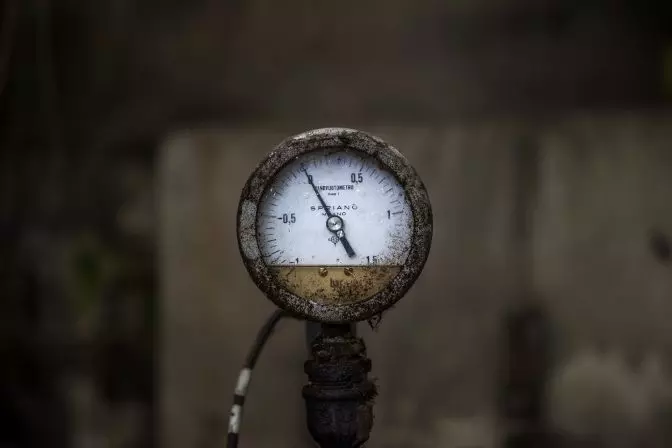
Understanding these standards and limitations is critical for ensuring the safety and reliability of pressure vessels across different industries.
Common Characteristics of Pressure Vessels
Here are some typical features of pressure vessels:
-
Shape. While any shape is theoretically possible, the most commonly used shapes are cones, spheres, and cylinders, which provide optimal structural integrity.
-
Design. The minimum mass of a pressure vessel increases with volume and pressure. The material’s strength-to-weight ratio plays a key role in determining the required thickness and structure.
-
Construction materials. Steel is the most common material due to its strength, but composites and reinforced concrete are also used depending on the application.
-
Corrosion resistance. Materials must be chosen based on the environment to prevent degradation over time.
-
Pressure. Most pressure vessels are designed to operate at 15 psig (pounds per square inch gauge) or higher.
Note: Psig measures pressure relative to atmospheric pressure. For more information, visit the Energy Education website.
Types of Pressure Vessels
Pressure vessels come in various forms, each serving a unique purpose in industrial settings:
-
Storage tanks/vessels. Used for storing liquids, often made of carbon steel and available in multiple sizes.
-
Boilers. Designed to generate steam or hot water, typically constructed from alloyed steel to withstand high temperatures and pressures.
-
Heat exchangers. Transfer heat between two fluids, commonly used in food processing, chemical, and power generation industries.
-
Process vessels. Used to perform chemical reactions, mixing, or separation processes, usually made of carbon steel or Stainless Steel.
Safety Considerations in Pressure Vessel Design
Safety is a top priority in the design of pressure vessels. Two key safety features include:
-
Safety valves. These release excess pressure to prevent over-pressurization and reduce the risk of explosion.
-
Leak before burst. A design feature that ensures the vessel will leak rather than rupture suddenly, allowing for safer pressure release during failure.
Pressure Vessel Inspections
Regular inspections are vital to maintaining the integrity and safety of pressure vessels. This section covers the frequency of inspections, the procedures involved, and the types of testing used.
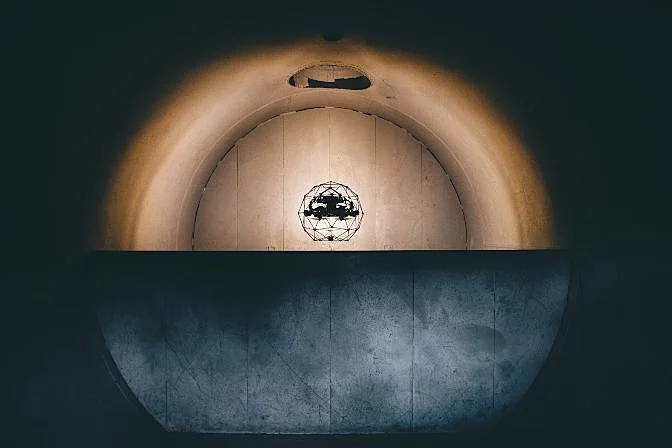 The Elios 2 collects visual data during a pressure vessel inspection
The Elios 2 collects visual data during a pressure vessel inspection
Frequency of Inspections
Most regulations require at least one inspection every five years, along with an initial inspection before the vessel is put into service. The exact frequency may vary depending on the vessel’s type, usage, and location.
What Is Done During an Inspection
Inspections may involve both internal and external checks, including:
-
Visual assessment of the vessel’s condition, including welds, joints, and insulation.
-
Thickness measurements to detect wear or corrosion.
-
Stress analysis to evaluate the vessel’s structural integrity.
-
Testing of pressure release valves and conducting hydrostatic pressure tests.
Types of Pressure Vessel Testing
Five common non-destructive testing methods are used during inspections:
1. Visual Testing
The most common method, involving a visual check for cracks, corrosion, or other visible defects.
2. Ultrasonic Testing
Uses sound waves to measure material thickness and detect internal flaws.
3. Radiographic Testing
Uses X-rays to identify surface and subsurface defects.
4. Magnetic Particle Testing
Detects surface and near-surface flaws using magnetic fields and iron particles.
5. Dye Penetrant Testing
Applies a liquid penetrant to reveal surface cracks or flaws under UV light.
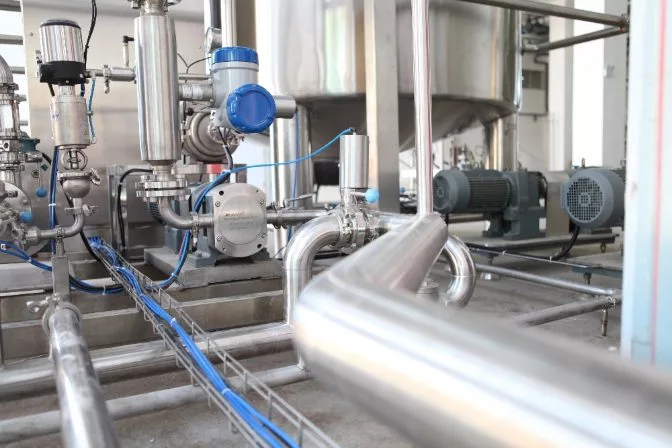
Pressure Vessel Inspection Checklist
Inspectors typically look for the following during an inspection:
External Inspections—What to Check
-
Check for defects in external coverings, such as insulation or coatings.
-
Look for signs of leakage, deformation, or damage on the vessel’s exterior.
-
Examine mounts and connections for proper expansion and contraction capabilities.
-
Inspect welds, nozzles, and flanges for cracks or corrosion.
Internal Inspections—What to Check
-
Check for cracks, corrosion, or deformations inside the vessel.
-
Ensure threaded connections are secure and functional.
-
Verify that all openings are clear and accessible.
-
Inspect areas of high stress for signs of wear or damage.
For a detailed checklist, copy this list into a document and add checkboxes next to each item.
Common Questions About Pressure Vessels
Here are some frequently asked questions about pressure vessels:
-
At what pressure does a vessel become a pressure vessel?
-
What is the difference between an unfired and a fired pressure vessel?
-
What regulatory bodies oversee the construction and inspection of pressure vessels?
-
What are the pressure vessel standards around the world?
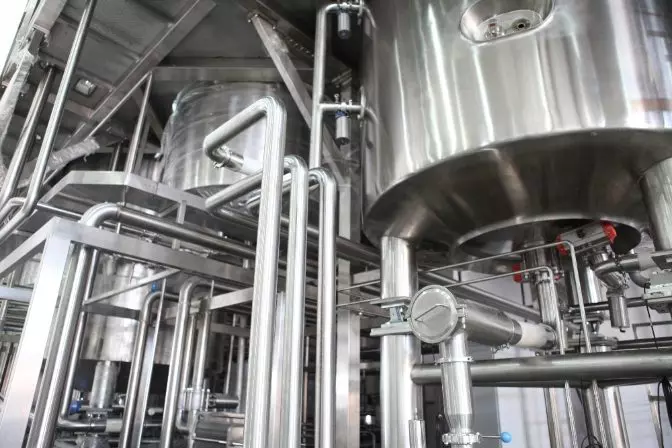
At What Pressure Does a Vessel Become a Pressure Vessel?
A vessel is generally considered a pressure vessel if it holds vapors, gases, or liquids at 15 psig or above, though this may vary by region and industry.
What Is the Difference Between an Unfired and a Fired Pressure Vessel?
An unfired vessel is not directly heated, while a fired vessel is exposed to a heat source. Fired vessels require additional safety precautions due to the risk of overheating.
What Regulatory Bodies Oversee Pressure Vessels?
Regulatory bodies include ASME in North America, the European Union’s Pressure Equipment Directive, and others like JIS in Japan and CSA B51 in Canada.
What Are the Pressure Vessel Standards Around the World?
Standards include ASME Section VIII, EN 13445, AD Merkblätter, and many others, each tailored to specific regions and applications.
Five Ways Drones Can Help with Pressure Vessel Inspections
Drones are transforming the way pressure vessel inspections are conducted. They allow inspectors to collect high-quality visual data without entering hazardous environments.
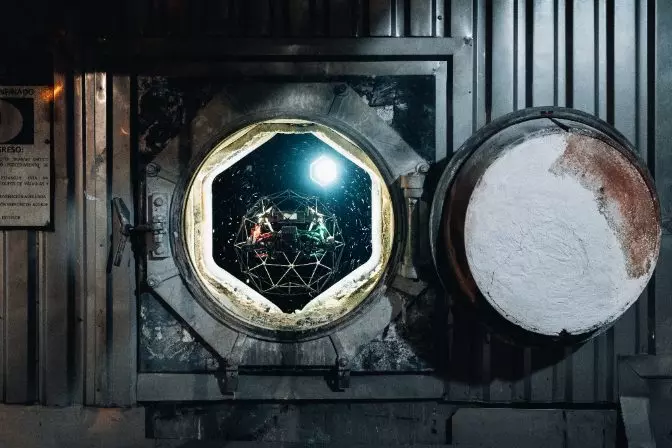
Using drones like the Elios 2, inspectors can access hard-to-reach areas, reducing risks and improving efficiency. These devices are equipped with advanced features like flight stabilization, lighting, and imaging to support accurate inspections.
Here are five major benefits of using drones for pressure vessel inspections:
1. Safety
Drones eliminate the need for human entry into confined or hazardous spaces, significantly improving safety during inspections.
2. Cost Savings
By reducing the need for scaffolding and minimizing downtime, drones offer a cost-effective alternative to traditional inspection methods.
3. Access
Drones can reach tight spaces and provide close-up views of critical components like welds and burners, which are difficult to inspect manually.
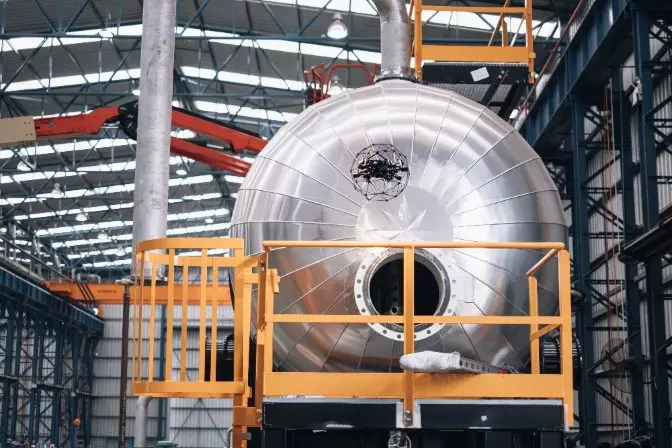 The Elios 2 inspecting a gas tank
The Elios 2 inspecting a gas tank
4. Better Data
Drones capture high-resolution images and video, enabling detailed documentation and historical tracking of vessel conditions over time.
5. Environmental Impact
More frequent inspections using drones can lead to reduced emissions, as shown by studies indicating potential CO2 reductions of up to 649 metric tons annually.
Â
The Future of Pressure Vessel Inspections
The future of pressure vessel inspections looks promising, with emerging trends like the use of remote visual inspection (RVI) equipment and advancements in sensor technology. These innovations are making inspections faster, safer, and more accurate.
The Growing Adoption of Drones
Drones are becoming increasingly popular for pressure vessel inspections due to their ability to access challenging areas quickly and safely. Companies are adopting them to improve operational efficiency and reduce costs.
With the ability to conduct inspections more frequently, drones enable early detection of issues, preventing costly repairs and downtime. They also allow for spontaneous inspections in areas that would otherwise be difficult to reach.
Recent Technological Advances May Diversify Drone Use Cases
New technologies, such as SLAM (Simultaneous Localization and Mapping), are enhancing drone capabilities by providing real-time 3D mapping. This allows inspectors to precisely locate defects during an inspection.
Drones can now be equipped with a variety of sensors, including ultrasonic thickness gauges, thermal cameras, and gas detectors, expanding their utility in remote inspections. Software improvements also make it easier to manage and analyze the large amounts of data collected.
Shandong Jianlong Special Steel Co., Ltd. , https://www.jianlongsteelpipe.com